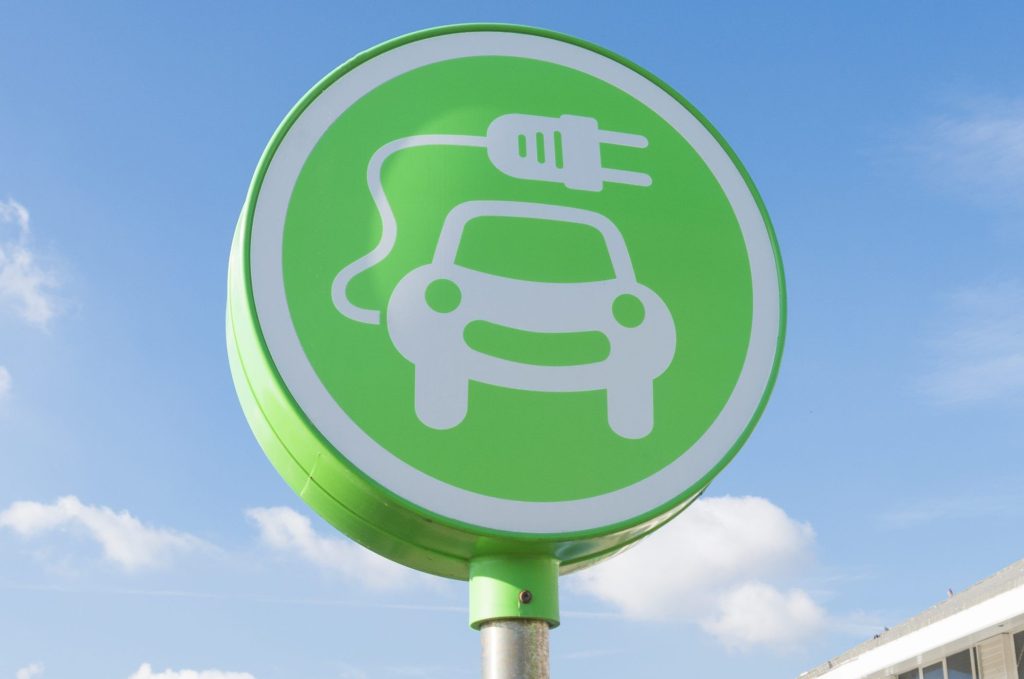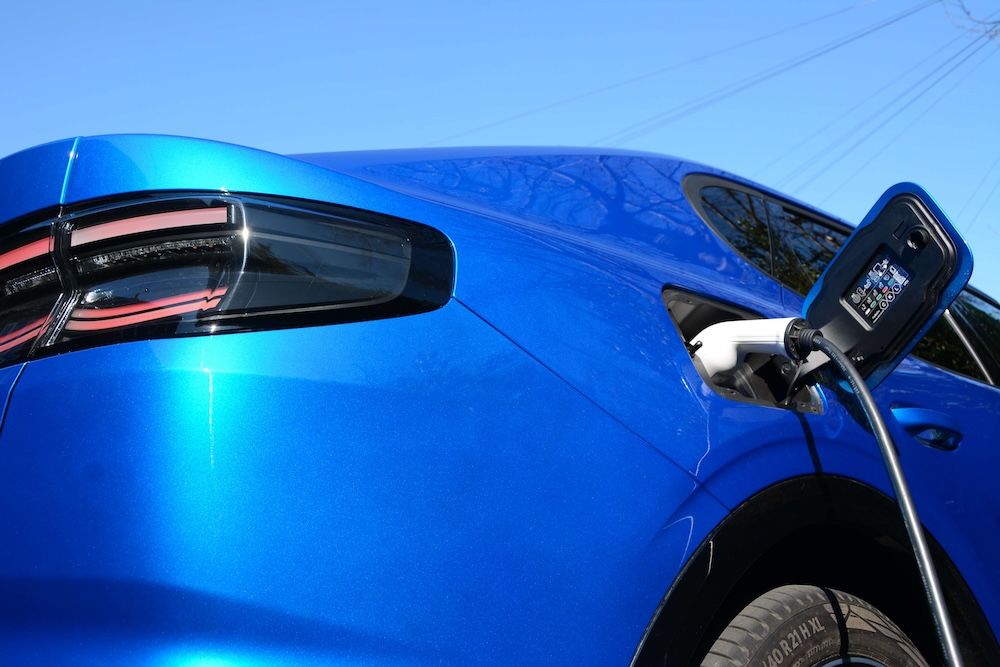More than 12,500 streets across the UK have now registered for on-street electric vehicle (EV) charging installations through Vauxhall’s Electric Streets of Britain campaign.
The number follows the scheme’s launch in August 2023, which is aimed at assisting delivery of EV infrastructure for the 40% of households that don’t have access to driveways.
Vauxhall invited drivers to log their need for charging through a national database, which has been shared with its Electric Streets partners – char.gy, Connected Kerb and SureCharge.
Local councils also have access to the requests through the online NEVIS service to help them identify the charging solutions required for their residents.
It also comes as new research from Vauxhall and Cenex (Centre of Excellence for Low Carbon and Fuel Cell Technologies), shows that 22.9% of British households who need electric vehicle infrastructure are now within a four-minute walk of a charge point, compared to 19.6% of households in 2024.
This rise of 3.3 percentage points means that 300,000 more households have access to a charge point compared to August 2024, with infrastructure supply estimated to be one and a half years ahead of demand.
Some of the country’s more remote regions also showed positive signs of infrastructure growth too, with the Isles of Scilly increasing from 0% electric vehicle infrastructure coverage in August 2024 to 65.9% at the time of writing.
Further successes were found in Redbridge and Wrexham with 39.1% and 26.1% coverage growth respectively, while 29 local authorities already have enough charge points for their anticipated 2030 demand – representing 8% of Great Britain.
But the new report also highlighted that work is still needed on a national level to provide sufficient infrastructure, with 243 councils across Great Britain having low coverage of accessible chargers compared to the number of electric vehicles in the area. Rural areas, especially in Wales, Scotland and the East, were also shown to lag behind.
The research also suggests that the rate of installation of charging infrastructure has not kept up in the past year. Only two-thirds of the required additional infrastructure needed to keep up with electric vehicles was deployed in the past 12 months.
At current utilisation, around 110,000 more near home chargepoints are needed in the right places to meet the projected electric vehicle demand by 2030.
But figures suggest a surge is coming, with England’s LEVI Fund and Scotland’s Electric Vehicle Infrastructure Fund (EVIF) estimate that at least 106,000 chargers will be deployed between them, providing optimism for the 12,500 drivers who have told Vauxhall they need charging near them.
Vauxhall’s latest Freedom of Information (FOI) research also revealed the number of councils with a dedicated policy officer for EV charging has risen from 31% in 2023 to 51% in 2025 – while 44% of councils have installed at least one on-street
charger by August this year compared to 31% in 2023.
Steve Catlin, Managing Director, Vauxhall, said:
“The country has made great strides in growing its electric vehicle infrastructure since Electric Streets of Britain launched in 2023. Not only have we seen a huge rise in the number of public chargers, but more importantly their installation is increasingly being deployed tactically for drivers who need them on a local level.
“While the ongoing rise in councils who have policy officers dedicated to overseeing charging is encouraging, the 12,500 registrations we have received to Electric Streets shows there is no silver bullet to provide a quick fix for drivers.
“We need to make sure all parties are pulling in the same direction to maintain the momentum we have seen over the past two years.”
Robert Evans, CEO, Cenex added:
“It has been a year since we collaborated with Vauxhall to put forward better metrics to measure the delivery of public EV infrastructure.
“Using these more relevant, actionable, scalable and measurable metrics, it is great to see the progress made in the last 12 months and assess at a granular level whether current public and private plans are helping meet the needs of residents and drivers.”
Image from Shutterstock










